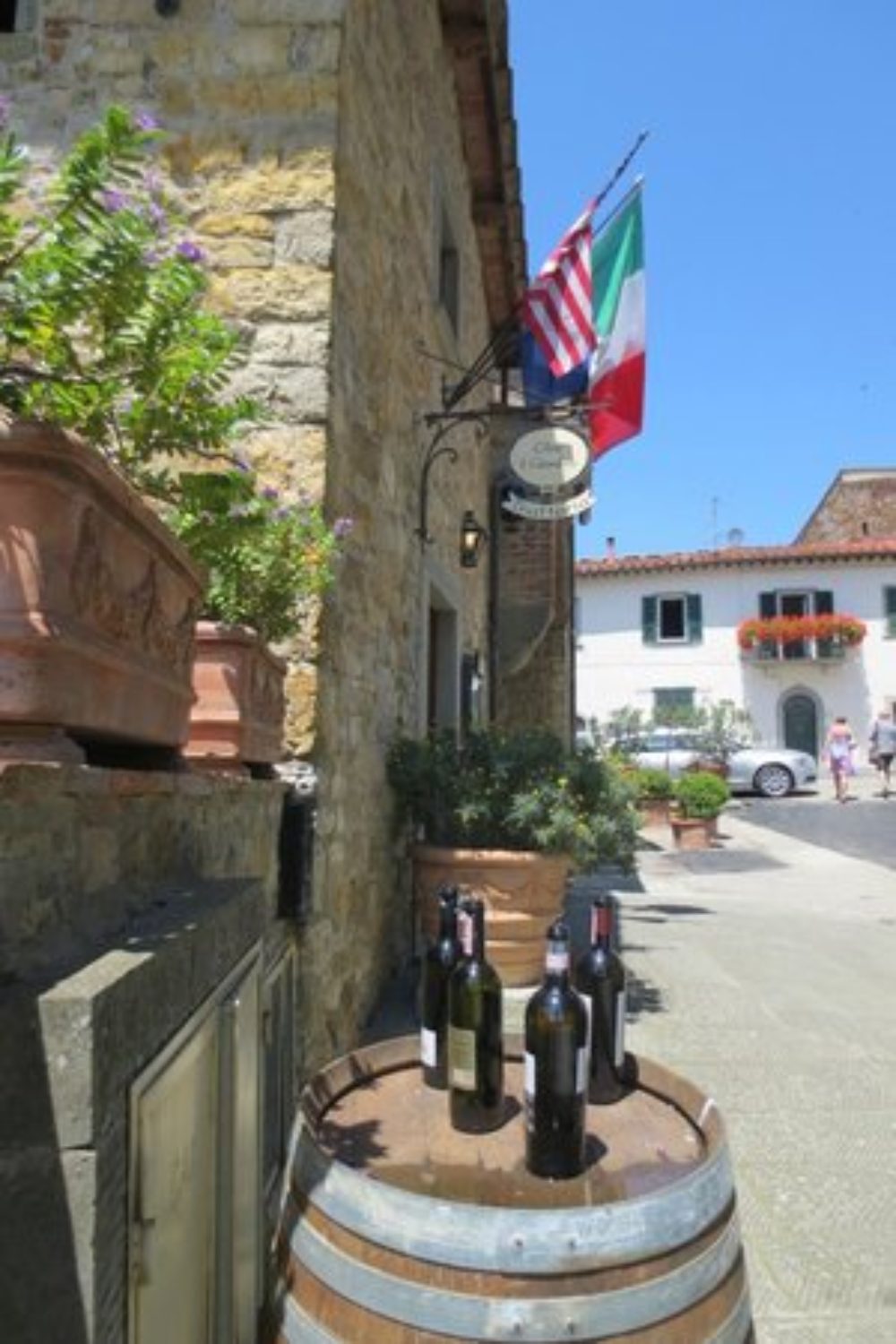Italian is a Romance language spoken by roughly 60 milllion people, with most living in Italy. Communities of Italian speakers can also be found in Switzerland, Austria, Slovenia and Croatia as well. Large immigrant groups in the United States, Brazil, Argentina, Australia and Luxembourg also speak Italian. The Italian language and variations thereof can even be heard, to a lesser extent, in parts of Africa such as Somalia, Libya and Erithrea that were formerly under Italian domination.
History of the Italian Language
Italian is considered one of the most romantic and melodic languages in the history of the world. It is one of the more desirable languages to learn, and people from all around the world strive to master this enchanting tongue. The history of the Italian language actually illustrates the history of Italy itself, as well as the ultimate unification of the Italian people.
Italian is classified as one of the Romance languages in the family of Indo-European languages. It was originally derived from Latin, and of all the Romance languages, the Italian most closely resembles the departed language of Latin. While the Italian language is not exactly universal, this tongue has spread to regions beyond its native land of Italy. Italian can be heard throughout all of Italy, as well as in the southern parts of Switzerland, in the islands of Sicily, Sardinia, and Corsica, and also along the northeastern shore of the Adriatic Sea. Some Italian is also spoken in countries that are former Italian colonies, such as Abyssinia, Eritrea and Somalia in Africa.
The evolution of the Italian language from Latin occurred at a deliberate and leisurely pace over the course of hundreds of years. This resulted in many varying dialects of Italian. Though all of the dialects are classified as Italian, they are quite distinct and can be difficult to recognize as the same language. As you can imagine, some of the most distinct versions of the Italian language occur on the islands of Sardinia, Corsica, and Sicily, regions completely separated by water from the mainland on the Italian peninsula. A group of the dialects in the northern and northwestern regions of Italy are known as Gallo-Italian and show much influence from the French language spoken to the north. The areas surrounding the famous city of Venice exhibit yet another distinctive dialect of the Italian language.
The Tuscan dialect hails from central Italy and is the most well known dialect of the Italian language. During the 14th and 15th centuries, Tuscany became central to Italy’s commercial and diplomatic positions, largely due to the immense growth of the city of Florence. The Tuscan dialect is also the one that most strongly resembles Latin, which made it favorable among famous Italian politicians, philosophers and writers of the time, who usually preferred the Latin language over any other. These prominent members of society made the Tuscan dialect popular in regions throughout Italy. Famous written works, such as Dante’s Divine Comedy and Petrarca’s Canzoniere, also spread the popularity of the Tuscan dialect and the Italian language in general as these writings gained worldwide recognition.
With the formal unification of Italy in 1861, the Tuscan dialect of the Italian tongue became the official language of the Italian nation. The appearance of a collective Italian dialect signified the unification that took place among Italians at this time, which was also evident in Italy’s political scene, educational system, and economy.
For additional fun facts, please visit 25 fun facts about Italy you didn’t know (2022 update) | Rough Guides
